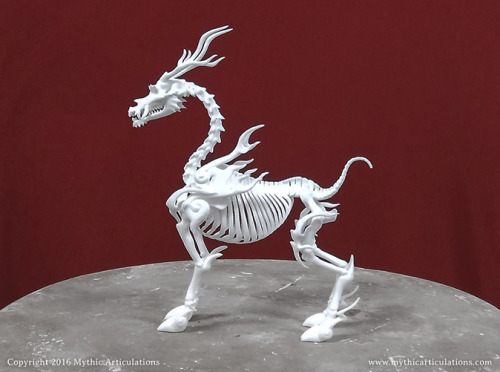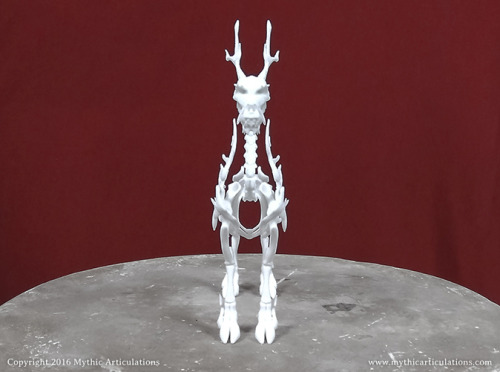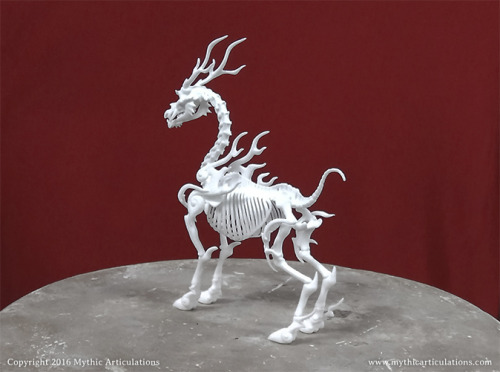#chinese
How come when people write Mandarin names in English they virtually never use the tone marker accents part of pinyin? Those things are not decorative! Is it that hard to just write Xí Jìnpíng?
i mean, yes? it’s very hard to store information that doesn’t have a meaning to you.
if you don’t know what’s the difference between í and ì (which i don’t, for pinyin), then by default all your brain stores is “Xi Jinping plus some extra things but i don’t know which and where”. you could look it up whenever you have to write it, but that’s extra effort.
(this is ofc also true of writing words which have diacritics in other languages. consider how many people end up writing “fianceé”)
Even if they did know the difference, the typical English speaker using a typical generic US-QWERTY physical keyboard literally cannot enter those characters. It’s sort of possible on touchscreen keyboards, depending on the keyboard, but you still have to know how to do that and it’s not especially obvious.
a: letter a on the keyboard.
á: alt+0225 on the number pad. (Does not work with the number row above the letters. If you’re on a laptop where you need the function key to get to “number pad” numbers, you probably can’t do this at all.)
I know this because I work in proofreading and have done proofing in languages I don’t speak. (I have chart - printed and laminated - on my desktop tower. Because I use it. A lot. Most people in the US have no idea how to make characters with diacritics.)
There’s ways to get letters with diacritics. They’re slow and painful. As in, find the app that works with them, open a character selector set, scroll to find the one you need, double-click on it to copy it, then paste it into the text you’re writing. Three letters with diacritics in the same word? Do that twice more.
if you’re working in HTML, ampersand agrave semicolon gets à, ampersand Eacute semicolon gets É, ampersand ecaron semicolon gets the e with the little dippy thing I can’t type on Gboard and cannot be bothered to go copy from Wikipedia, and I keep having to look up how to put a macron on most letters but I have ampersand number-sign 363 semicolon memorized because Ryūko. ccedil for ç and euml for ë and acirc for â and ntilde for ñ and btw we’re at least eight stops past where English monolingual people with ordinary levels of care for the minutiae of typography have disembarked from the train of thought, having realized the destination is crazytown.
(I used to work in an office that declined to enter diacritics in the name field for any document sent to us for data entry. or to accept any such documents with swear words. one time I picked up one of those documents and one of the words in the name blank was “años”. uh. um. that is not a swear in Spanish, but it will be the minute we take its decorative little hat off!)
Microsoft Word and Google Docs and Scrivener and probably a lot of word processors have ways to establish shortcuts. for example, one could set it so typing “WWX” means the software is to understand that one meant to type “Wèi Wúxiàn”. there is also Replace All, though replacing all instances of “A-Qing” with “Ā-Qìng” seems like something that will go wrong the first time one writes a character using that particular (diminutive? endearment?) form of address for Wēn Qíng. it’s probably also possible to deliberately teach one’s mobile device’s auto-suggest; my Gboard has certainly learned that “Émilie Agreste” has that acute accent, which I didn’t make any special effort about.
At least some Chinese speakers have explicitly stated that they’d prefer Chinese (at least the major varieties) be written without diacritics when included in English text. I don’t know how common this opinion is.
Adding diacritics still doesn’t disambiguate the characters, since multiple characters can be pronounced the same way. But they do make the words seem more ‘exotic’ and stand out from the rest of the text. Especially with names, this isn’t seen as a good thing.
I believe it’s more useful to include the Hanzi characters in brackets the first time you use the name.

Chinese Princess




Last year at Halloween ❤️ actually wanted to be Cruella DeVille .. maybe next year ♀️


Back in Hong Kong .. love this white and innocent dress ✨
Mako and Bolin’s Father’s Letter to his Mom
已经结婚, 有了两個兒子名…
愽林. 他们带来不少歡楽也…
許多麻烦. 相信您们是体會…
希望有一天您们會和他们相…
上我们的照片.
… already married, (we) have two sons called (Mako and) Bolin.
They bring us no small amount of joy and…
much trouble. I believe you (formal and plural) can understand…
(I/We) hope that one day you (formal and plural) and them can (meet) each other …
On top (is) our photograph.
Notes: Chinese has two ‘you’ 你 (ni) and 您(nin). 您 is formal, similar to the German “Sie”. That their father uses it with his family can have two meanings, either it is a show of respect (in the past it was normal to address one’s parents that way) or it means they are distant, which, considering that he left after a big fight, is also a possibility. These days 、您is not used with one’s family anymore, but a show of respect to your boss, elders, your Professor or customers.
Post link
Look! A Giraffe! oh. no wait. Just a Qilin. My bad.
Qilin/Kirin skeleton now available in my Etsy shop.
Post link



























